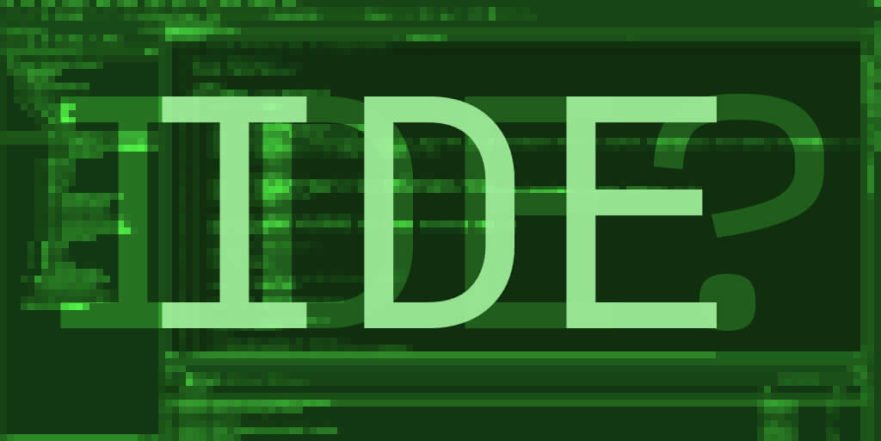Web development has come a long way since the early days of hand-coding HTML in simple text editors like Notepad. As technology has advanced, so too have the tools and software available to web developers. In this article, we’ll take a journey through the evolution of web development software, from the humble beginnings of basic text editors to the sophisticated integrated development environments (IDEs) used by developers today.
The Early Days: Text Editors and Manual Coding
In the early days of web development, developers relied on basic text editors like Notepad or TextEdit to write HTML, CSS, and JavaScript code manually. This manual coding process required a deep understanding of web technologies and meticulous attention to detail. Developers had to write and manage their code without the aid of syntax highlighting, auto-completion, or debugging tools, making the development process laborious and error-prone.
Introduction of Integrated Development Environments (IDEs)
As web development became more complex and demanding, the need for more advanced tools became apparent. Integrated development environments (IDEs) emerged to streamline the development process and provide developers with a comprehensive set of features and tools in a single package.
Early IDEs like Macromedia Dreamweaver and Microsoft FrontPage introduced features such as WYSIWYG (What You See Is What You Get) editors, code completion, and visual design tools, making it easier for developers to create and manage websites. These IDEs also offered built-in FTP clients for uploading files to web servers, further simplifying the deployment process.
Rise of Open Source Tools and Frameworks
The proliferation of open-source software and community-driven development led to the rise of powerful web development frameworks and tools. Frameworks like jQuery, Bootstrap, and AngularJS provided developers with pre-built components and libraries to accelerate development and improve code quality. Version control systems like Git and collaboration platforms like GitHub revolutionized the way developers work together, enabling seamless collaboration and code sharing.
Modern Integrated IDEs and Code Editors
Today, developers have access to a plethora of integrated development environments (IDEs) and code editors tailored specifically for web development. Industry-leading IDEs like Visual Studio Code, Sublime Text, and JetBrains PhpStorm offer a wide range of features, including syntax highlighting, code completion, debugging tools, and integrated terminal consoles. These IDEs support multiple programming languages and frameworks, making them versatile tools for modern web development.
Conclusion
The evolution of web development software has been driven by technological advancements, changing development practices, and the growing complexity of web applications. From the basic text editors of the past to the sophisticated integrated development environments (IDEs) and code editors available today, web developers now have access to a comprehensive suite of tools and resources to streamline their workflow and build dynamic, feature-rich websites and applications. As technology continues to evolve, the future of web development software promises even greater innovation and efficiency, empowering developers to push the boundaries of what’s possible on the web.










